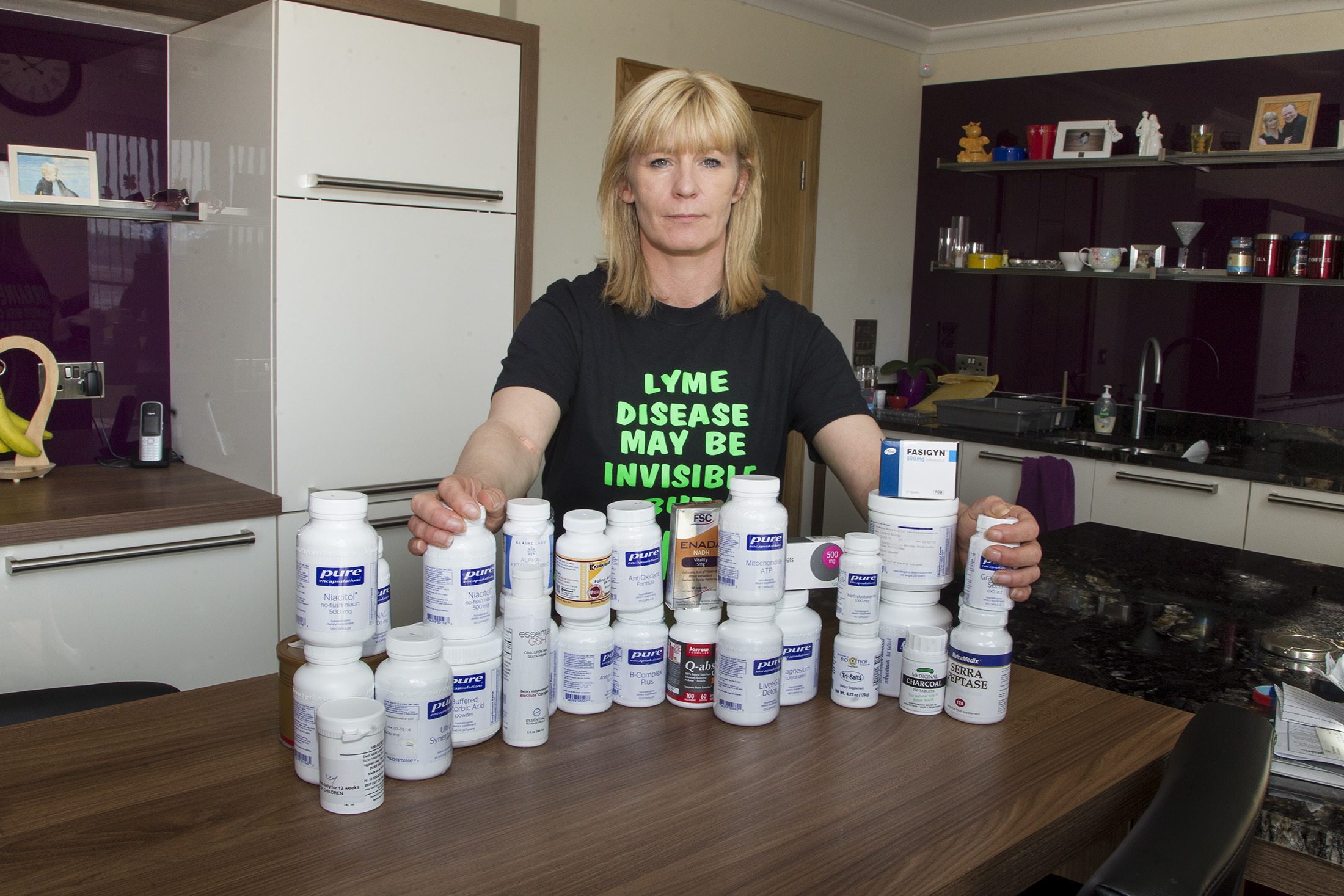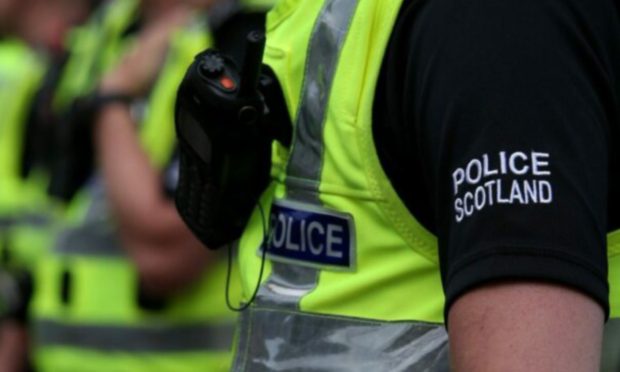An Angus woman battling deadly Lyme disease has expressed shock after sufferers were “mocked” by some medical professionals.
Lorraine Murray from Montrose said she was dismayed by the tone and language used on a public forum for GPs after a new draft guideline was published by the National Institute for Health and Care Excellence (Nice).
Comments on the public forum on the Pulse website included disparaging comments such as the line “kowtowing to the nutters” which upset many Lyme disease sufferers and Mrs Murray said that hasn’t helped in terms of feelings of mistrust towards the medical profession as a whole.
Mrs Murray said GPs “mocked it” because they “desperately need good active tests that will detect all the species in the first instance” and require a symptom list to look out for.
Symptoms can include flu-like complaints of aching, fever, headache; fatigue; sweating; joint pain; light and sound sensitivity; abnormal skin sensations (tingling, numbness, itching); stiff neck and rash.
She said: “You wouldn’t wish this disease on your worst enemy.
“You can imagine now having all or some of these symptoms and being left quite disabled then reading these mockery responses from GPs.
“In fact there is only one good response from a GP and they described the guidelines as spectacularly unhelpful advice.”
GPs are advised to diagnose and treat patients for Lyme disease without doing further tests if they present with a characteristic circular rash, and to refer patients for further tests if their symptoms and history are not clear cut.
The guideline, which is out for consultation with stakeholders and will be published in April 2018, will be the first on Lyme disease published by Nice.
It advises Lyme disease should not be ruled out in patients with symptoms but no clear history of tick exposure, but also that doctors should be cautious about diagnosing the disease in patients without a supportive history, as they may be missing an alternative diagnosis.
Mrs Murray, 45, has been left virtually housebound since being bitten by a tick in August 2014 while walking her dog at Kinnaber.
The former fitness instructor has spent £20,000 privately in the UK but flew to Washington for specialist treatment costing £10,000 after being diagnosed with three co-infections.
She jetted off to the USA in April and said she has noticed a positive change since she started treatment for the Babesia Microti parasite.
Mrs Murray said: “UK doctors are not up to speed in diagnosing symptoms of Lyme disease as they have not received any clear guidance.
“The current tests that doctors have to rely on in place at the moment are missing thousands every day from the UK as they are not testing every infection you can get from a tick.
“Others have severe immune disfunction because of Lyme disease but they are also ignoring this so will never mount an antibody reaction to the test.
“Many of these patients have had to fork out thousands for other testing and treatment in abroad countries like Germany and America.
“These patients wake up every day feeling like they have the worst flu ever and about 80 other symptoms on top of this that are seriously disabling.”
Decisions on how NICE guidance applies are made by the devolved administrations.
A petition has been lodged urging the Scottish Government to improve testing and treatment for Lyme disease and associated tick-borne diseases.










